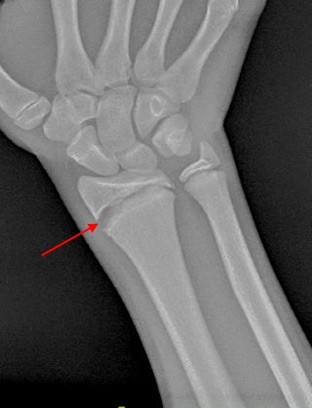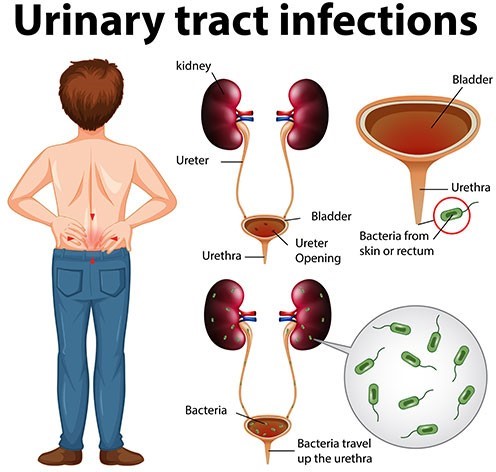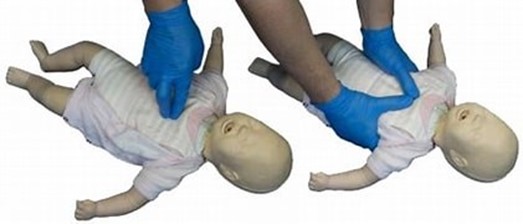A nurse is providing teaching to a parent of a child who has a fracture of an epiphyseal plate.
Which of the following statements should the nurse make?
"Normal bone growth can be affected.".
"Bone marrow can be lost through the fracture.".
"The younger the child the longer the healing process will take.".
"The blood supply to the bone is disrupted.".
The Correct Answer is A
An epiphyseal fracture is a fracture that occurs in the epiphyseal plate, which is the layer of cartilage between the end of a long bone and the start of the bone shaft.
This type of fracture is most common in children and adolescents, as their bones are still growing and the epiphyseal plate is not yet fused to the bone shaft.
Because this is where new bone develops, injuries to this area can cause the plate to close prematurely, jeopardizing bone growth.
Choice B, “Bone marrow can be lost through the fracture,” is incorrect because
bone marrow is not lost through an epiphyseal fracture.
Choice C, “The younger the child the longer the healing process will take,” is incorrect because younger children generally heal faster than older children or adults.
Choice D, “The blood supply to the bone is disrupted,” is incorrect because an
epiphyseal fracture does not necessarily disrupt the blood supply to the bone.

Nursing Test Bank
Naxlex Comprehensive Predictor Exams
Related Questions
Correct Answer is ["A","B","C","D","E"]
Explanation
The nurse should include all of these points in the teaching.
A. Avoiding bubble baths can help prevent irritation and infection.
B. Watching for manifestations of infection can help detect any worsening or recurrence of the infection.
C. Emptying the bladder completely with each void can help prevent urine from remaining in the bladder and causing infection.
D. Wiping the perineal area front to back can help prevent bacteria from
spreading to the urethra.
E. Wearing cotton underpants can help keep the area dry and reduce the risk of infection.

Correct Answer is D
Explanation
This is the recommended technique for chest compressions on an infant, as it provides adequate blood flow without causing injury12.
Choice A.
Deliver compressions just above the nipple line is incorrect, as this is not the correct location for chest compressions on an infant.
The correct location is below the nipple line, at the center of the chest.
Choice B.
Deliver compressions with the heel of one hand is incorrect, as this is the technique for chest compressions on a child, not an infant. For an infant, two fingers are used instead of one hand13.
Choice C.
Deliver compressions at a depth of 5 cm (2 in) is incorrect, as this is too deep for an infant’s chest.
The correct depth for an infant is about 4 cm (1.5 in) or 1/3 the depth of the
chest12.
Therefore, choice D is the best answer.

Whether you are a student looking to ace your exams or a practicing nurse seeking to enhance your expertise , our nursing education contents will empower you with the confidence and competence to make a difference in the lives of patients and become a respected leader in the healthcare field.
Visit Naxlex, invest in your future and unlock endless possibilities with our unparalleled nursing education contents today
Report Wrong Answer on the Current Question
Do you disagree with the answer? If yes, what is your expected answer? Explain.
Kindly be descriptive with the issue you are facing.
